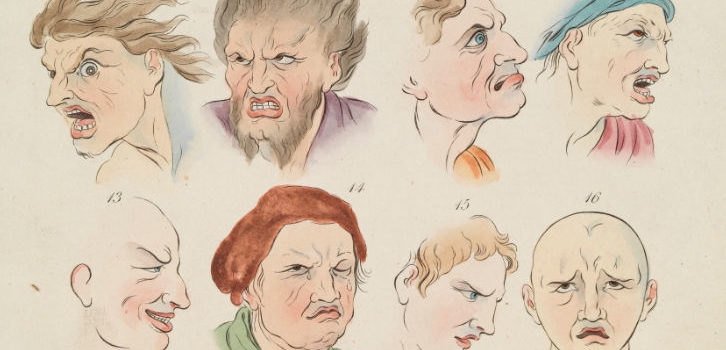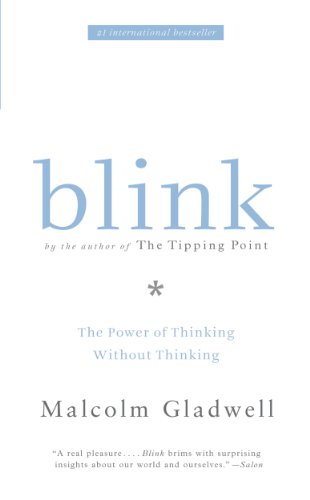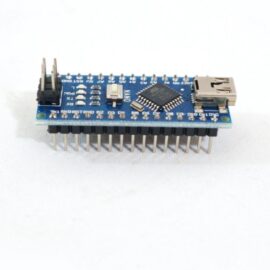

This article is an excerpt from the Shortform summary of "Blink" by Malcolm Gladwell. Shortform has the world's best summaries of books you should be reading.
Like this article? Sign up for a free trial here .
What’s the most effective way to size up someone’s personality? How much information do we really need to accurately size up a person’s qualities?
When it comes to reading personalities, we really don’t need much information. In fact, too much information can obscure the bigger picture with irrelevant details. Taking a “thin slice”—an extremely small segment of information about a person’s life—can lead to very accurate judgments about their personality.
Here’s why “thin-slicing” is the best way to judge a personality.
Judging a Person by Their College Dorm Room
Psychologist Samuel Gosling found that our intuitive or snap judgments are surprisingly accurate when it comes to judging strangers.
Gosling asked 80 college students to fill out the Big Five Inventory, a widely used questionnaire that measures five personality traits: extraversion, agreeableness, conscientiousness, emotional stability, and openness to new experiences. (Shortform note: You can take the Big Five Inventory test here to see how you stack up.)
Then Gosling asked the close friends of those 80 students to rank them on the Big Five. Unsurprisingly, the friends showed that they knew the subjects pretty well. Each friend had a “thick slice” of experience with the subject, having spent a lot of time with him or her, and could judge their personality accurately.
Finally, Gosling sent someone who had never met the subject into the subject’s dorm room for 15 minutes. Gosling asked the stranger to assess the subject according to the five personality traits just by looking at that person’s bedroom.
Results: We Can Thin-Slice Someone’s Bedroom
Gosling discovered that you can make a surprisingly accurate judgment about someone you’ve never met just by looking around his or her dorm room for 15 minutes. (Shortform note: Gosling went on to write a book titled Snoop: What Your Stuff Says About You. A spin-off BBC3 show called Hot Property has would-be daters inspect the bedrooms of three potential dates and choose one to go on a date with.)
Friends, as expected, were more accurate in rating extraversion and agreeableness. However, strangers were more accurate in rating conscientiousness, emotional stability, and openness to new experiences.
Why? Bedrooms expose patterns. They give a peek into your private life that is revealing. An unmade bed, posters on the wall, or a fluffy ottoman can tell you just as much about a person as meeting him or her, if not more.
A bedroom without its occupant inside it contains well-selected information. It excludes distracting and irrelevant information. Stereotypes triggered by a subject’s presence were absent. If you meet a quiet, econ major with glasses, you may never guess she’s a hardcore heavy metal fan. If you judge her by her vinyl and paraphernalia collection, you get a different picture. The people themselves weren’t there to get in the way. We can’t view ourselves objectively, so we often say confusing or contradictory things about ourselves to other people. By just looking at someone’s bedroom, we avoid this white noise.
To Gladwell, this demonstrates that strangers who observe an extremely thin slice of a person’s life can make accurate judgments about that person’s personality. As this example shows, sometimes, it’s better to have a limited amount of information rather than a lot, as long as that information makes use of a pattern from which to extrapolate to the whole.
| The Size Instinct: The Problem With Having too Little Information As Gladwell notes, in many circumstances, copious amounts of information are more distracting than helpful. On the other hand, going with less isn’t always better. If we rely too heavily on thin slices, we’re in danger of succumbing to the size instinct: the mistaken impulse to overestimate the importance of any single data point or incident, without putting it in the proper context. The size instinct can severely distort our worldview and cause us to devote disproportionate attention (and resources) to small details and to the symptoms of problems, rather than to large problems and their deeper root causes. In Factfulness, international health and development expert Hans Rosling illustrates how basing our decisions on a small amount of easily available information (the size instinct) might get in the way of properly understanding and solving a problem. He points out that according to raw figures, child mortality in Mozambique is extremely high. But if an aid organization starts building an expensive hospital on the basis of that figure alone, they’re missing the point: Most sick children in Mozambique won’t make it to the hospital in the first place. To avoid getting distracted by the size instinct, Rosling suggests that you break down and compare the numbers you’re presented with. For example, before deciding to build a hospital, an aid organization could seek a more detailed breakdown on the causes of child mortality and determine whether the mortality rate is increasing or decreasing over time. |
———End of Preview———

Like what you just read? Read the rest of the world's best summary of "Blink" at Shortform . Learn the book's critical concepts in 20 minutes or less .
Here's what you'll find in our full Blink summary :
- How you can tell if a marriage will fail, within 3 minutes
- Why your first impressions are usually surprisingly accurate
- The dark side to making first impressions, and how to avoid the,






